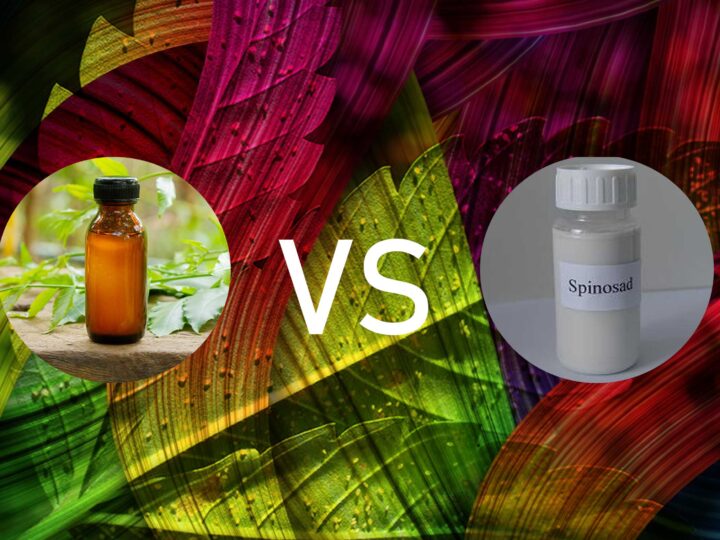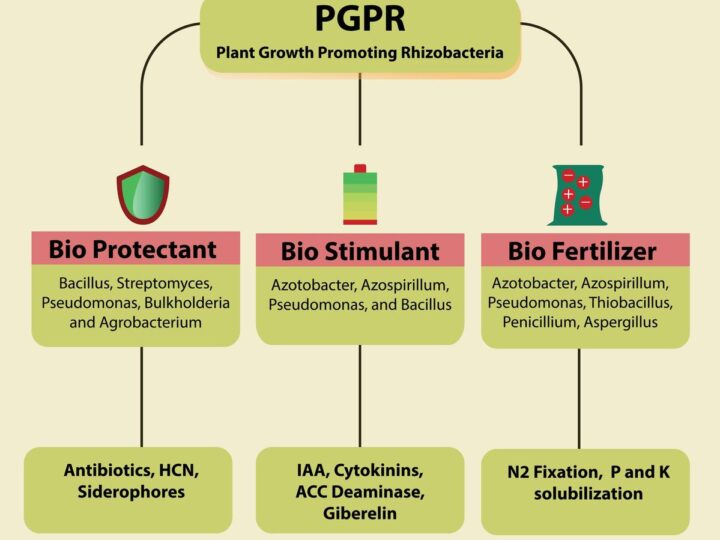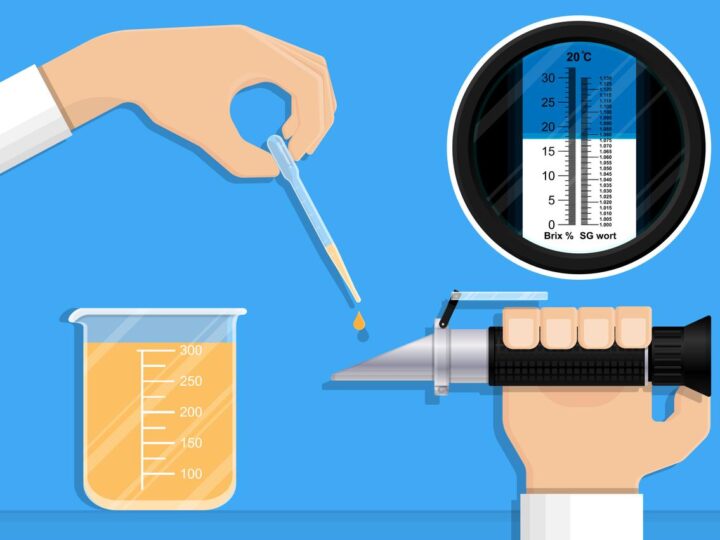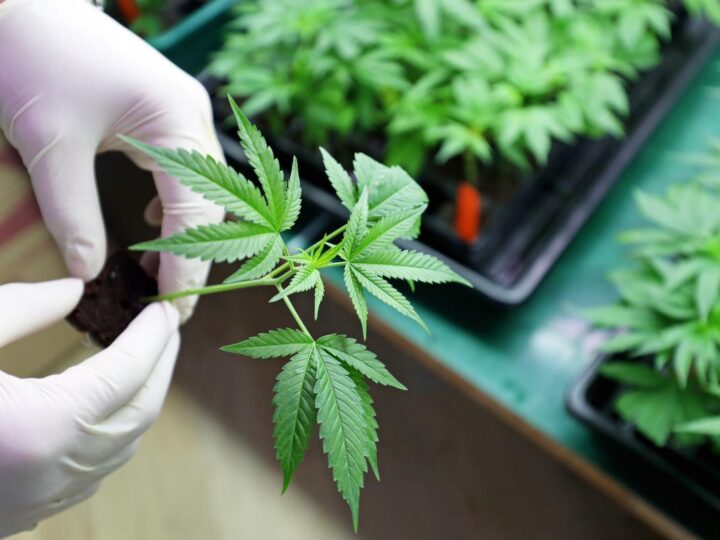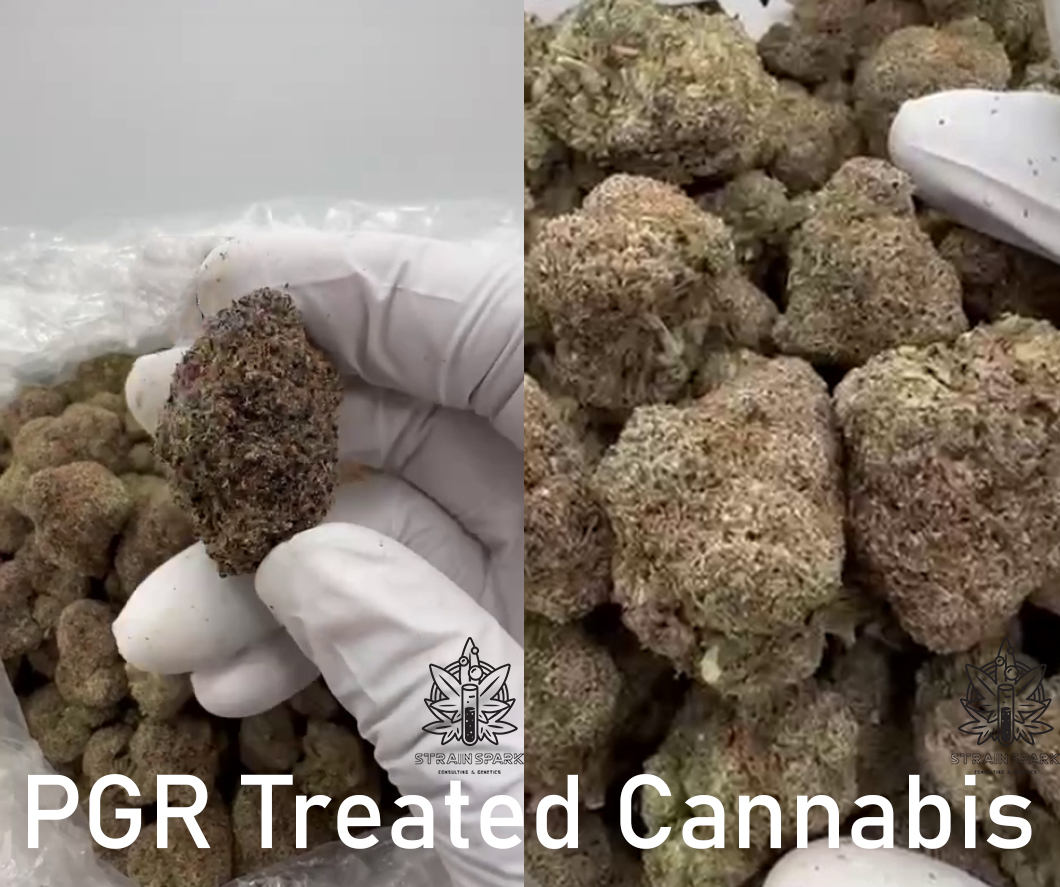
The cannabis industry is rapidly growing and evolving. Amidst this growth, producers are always on the lookout for methods that can increase yields and improve the overall quality of their plants. One such method is the use of plant growth regulators (PGRs), which are synthetic chemicals designed to alter the natural growth and development patterns of plants.
However, the use of certain types of PGRs, specifically synthetic ones, has stirred controversy due to potential health risks they pose to consumers and the environment. This article will delve into the dangers of PGRs, how to identify their presence in cannabis buds, and explore safer alternatives.
**The Dangers of PGRs**
Synthetic PGRs, often called ‘plant growth hormones’, are concerning due to their potential toxicity and long-term health effects. They can potentially result in harmful residue in the final product, which is particularly concerning for medical cannabis patients who have weakened immune systems (1).
Studies suggest that exposure to certain PGRs can have detrimental effects on human health, including but not limited to liver damage, cancer, and reproductive disorders (2). Some common PGRs used in the cannabis industry, like paclobutrazol and daminozide, are classified as potential carcinogens by the US Environmental Protection Agency (3).
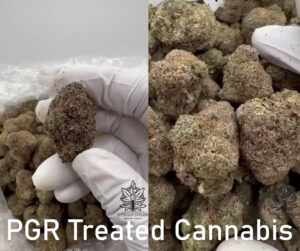
**Identifying PGRs in Cannabis Buds**
Identifying PGR-tainted cannabis can be challenging for an untrained eye, but there are tell-tale signs that consumers can look out for:
1. **Unnatural Density**: PGR-treated buds often appear exceptionally dense and compact. While high density isn’t necessarily a negative attribute, unusually hard buds may be a red flag.
2. **Lack of Smell**: PGR-treated cannabis often lacks the strong, aromatic smell associated with quality cannabis. This is because PGRs can inhibit terpene production, which contributes to the plant’s aroma and flavor (4).
3. **Excessive Hair**: PGR-treated buds often exhibit an excess of red or orange hairs. While these hairs, called pistils, are normal components of cannabis flowers, an unnatural abundance is a potential indicator of PGR usage (5).
4. **Dark Ash When Burned**: High-quality cannabis should burn evenly and produce light-colored ash. PGR-treated cannabis, however, often burns unevenly and produces dark ash due to the harmful residues left behind (6).
**Safer Alternatives**
While the quest for higher yields and faster growth is understandable, there are safer alternatives to synthetic PGRs. Organic cultivation methods, for example, rely on natural sources of nutrients and beneficial microbes to promote plant health and productivity. These methods can produce high-quality cannabis without the associated health risks of synthetic PGRs.
In conclusion, as consumers and producers, it’s crucial to be informed about the potential dangers of synthetic PGRs in cannabis production. The future of the industry depends on sustainable, safe practices that prioritize consumer health and environmental responsibility over quick profits.
Sources:
1. The dangers of PGRs for cannabis cultivation – RQS Blog (https://www.royalqueenseeds.com/blog-the-dangers-of-pgrs-for-cannabis-cultivation-n1126)
2. Plant Growth Regulators and Human Health Effects – NCBI (https://www.ncbi.nlm.nih.gov/pmc/articles/PMC4769667/)
3. Known and Probable Human Carcinogens – American Cancer Society (https://www.cancer.org/cancer/cancer-causes/general-info/known-and-probable-human-carcinogens.html)
4. PGRs: The Silent Scourge of the Cannabis Industry – CannabizTemp (https://www.cannabiztemp.com/blog/pgbs-the-silent-scourge-of-the-cannabis-industry)
5. What is Paclobutrazol? – Hydrobuilder Learning Center (https://www.hydrobuilder.com/learn/what-is-paclobutrazol/)
6. Identifying PGR-Treated Cannabis – Greendorphin (https://greendorphin.com/how-to-identify-pgr-cannabis/)


